
From a supporting role in Kill Bill to founding a martial art that spread around the world , Tetsuro Shimaguchi's journey is a story of how the samurai spirit is revived in modern life - Photo: japan-forward
In an age where traditional culture is easily forgotten in the digital world, Tetsuro Shimaguchi chose a different approach: taking the samurai spirit out of the ring, so that the light of the sword not only flashes in battle, but also illuminates the way people face themselves.
From the studio to the turning point of life
Before coming to Hollywood, Tetsuro Shimaguchi was just a kendo actor who performed in traveling shows in Kyoto.
He loved the sword as an artist, but in Japan "people saw it as a performance rather than a way of life." With no fame or stage presence, Shimaguchi thought he would stick to performing for temple visitors forever.
Everything changed in 2002, when director Quentin Tarantino traveled to Japan to prepare for Kill Bill: Vol.1 .
Tarantino wanted to find a "master swordsman" who was not only good at technique but also had a deep understanding of the samurai spirit, which he called "the silence behind the slash."
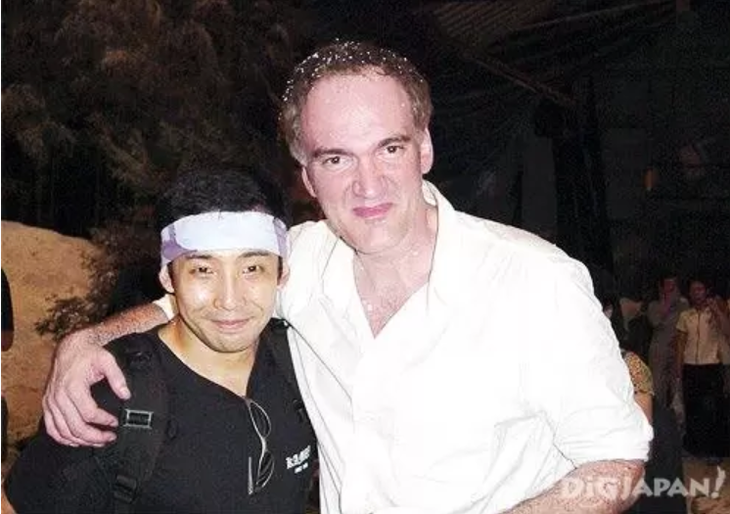
Tetsuro Shimaguchi and director Quentin Tarantino
Tetsuro Shimaguchi choreographed the sword dance in Kill Bill
The name Tetsuro Shimaguchi was introduced by a friend in the theater world. The first meeting took place in a small dojo in Tokyo.
When Tarantino asked him to perform, Shimaguchi didn't just swing his sword. He walked slowly, took a deep breath, bowed, then paused with a fixed gaze. The room fell silent. Tarantino smiled and clapped his hands: "That's what I'm looking for - the soul of the samurai."

Tetsuro Shimaguchi as Miki of Crazy 88 in Kill Bill
After that moment, Shimaguchi was invited to be the sword director for the film. But on the set of Kill Bill , he did more than teach how to hold a sword.
He taught Uma Thurman, Lucy Liu and the entire cast how to breathe like a warrior, how to think of the sword as an extension of their body.
Shimaguchi recounted in an interview with the Motion Pictures Association:
"Working with Quentin Tarantino was a great experience, he has great respect for Japanese culture and gave me the freedom to express the samurai spirit through every movement."
It was also this freedom that made him realize something greater: budo is not just a skill, but an emotional language. From that realization, Shimaguchi began to cherish the idea of turning swordsmanship into an art of expression, which later led to the birth of kengido.
When martial arts become the language of emotions
After the success of Kill Bill, Shimaguchi began to seek ways to take kendo beyond the realm of pure performance. In 2012, he founded kengido, a martial art that combines swordsmanship, theatrical performance, and samurai philosophy.
He once shared in Live Japan magazine: "Kengido is not only a technique but also a way to express the heart and emotions through the sword."
Tetsuro Shimaguchi with Japanese sword dance kengido
For Shimaguchi, the sword is not just a means of fighting, but also a tool for self-understanding. Every movement in kengido is symbolic: drawing the sword is the beginning of awareness, fighting is a process of self-examination, and returning the sword to its sheath is a moment of enlightenment.
Today, kengido is taught in many countries, from America to Europe, becoming a cultural bridge between Japan and the world.
His performances are no longer "sword dances" but storytelling through movement, where the audience feels reverence and freedom at the same time.
Bringing samurai to the world
“Through my performance, I want to share the beauty of the samurai spirit with the world,” Shimaguchi said in an article by Simone Chierchini (2020). For him, that spirit, loyalty, discipline and respect remain the same, even if conveyed in modern language.

He was the first Japanese to receive the Premio Consonanze (Italy) on October 31, 2018 in Florence for his contributions to the creation, development and shaping of the art of swordsmanship, a harmonious combination of traditional samurai spirit and Western art - Photo: japan-forward

In Europe, many practitioners describe kengido as a form of "meditation in motion," where they train physically while seeking concentration and inner balance.
In the United States, it is often presented in cultural events as a contemporary performing art form, combining samurai philosophy with theater and cinema (via Live Japan and Simone Chierchini, 2020).
International tours, from Paris to New York, have turned Tetsuro Shimaguchi into a modern-day icon of the samurai spirit.
But he does not want to be called a "custodian of tradition" but a "dialogue between cultures".
By taking the sword out of the ring, Shimaguchi not only renewed a Japanese heritage, but also made it a universal language of emotion and stillness.
In an increasingly noisy world, he reminds us of a simple value: the greatest power lies not in the slash, but in the silence behind it.
Source: https://tuoitre.vn/khi-thanh-kiem-samurai-vuot-ra-khoi-san-dau-20251026134332198.htm




![[Photo] Party Committees of Central Party agencies summarize the implementation of Resolution No. 18-NQ/TW and the direction of the Party Congress](https://vphoto.vietnam.vn/thumb/1200x675/vietnam/resource/IMAGE/2025/10/27/1761545645968_ndo_br_1-jpg.webp)
![[Photo] The 5th Patriotic Emulation Congress of the Central Inspection Commission](https://vphoto.vietnam.vn/thumb/1200x675/vietnam/resource/IMAGE/2025/10/27/1761566862838_ndo_br_1-1858-jpg.webp)

![[Photo] National Assembly Chairman Tran Thanh Man receives Chairman of the House of Representatives of Uzbekistan Nuriddin Ismoilov](https://vphoto.vietnam.vn/thumb/1200x675/vietnam/resource/IMAGE/2025/10/27/1761542647910_bnd-2610-jpg.webp)
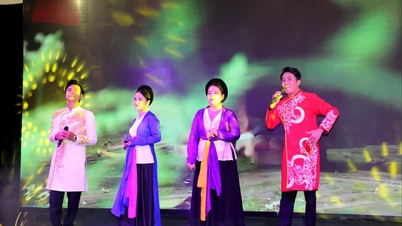

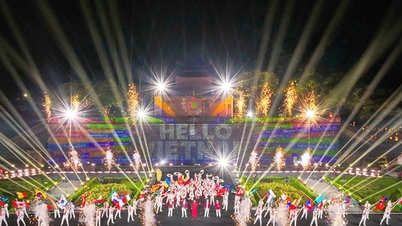

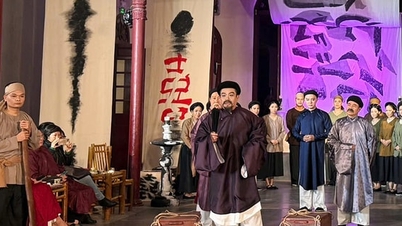
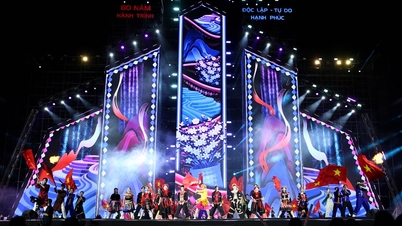

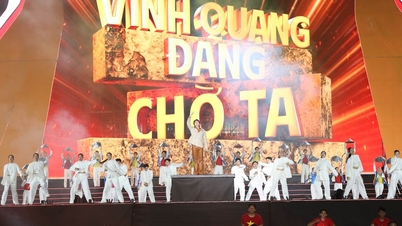
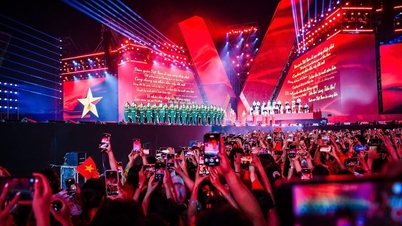
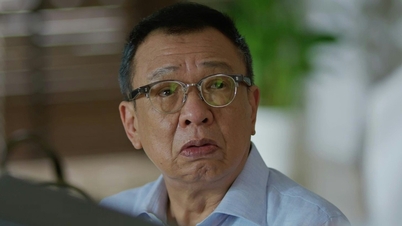

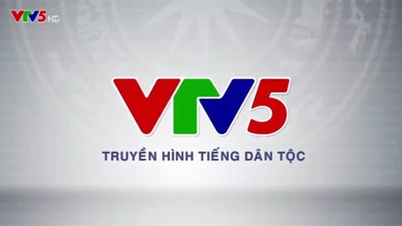







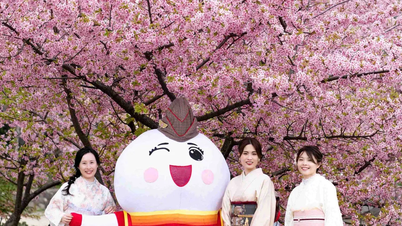





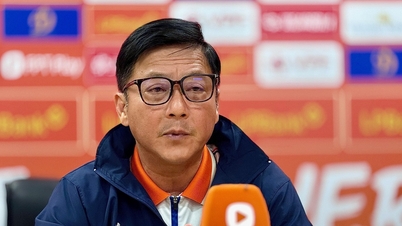
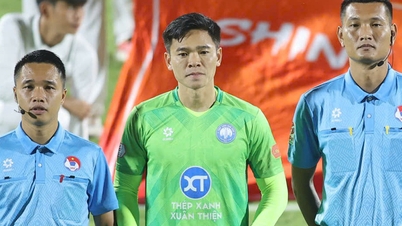


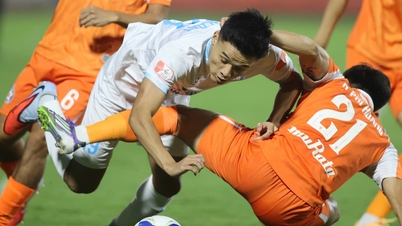
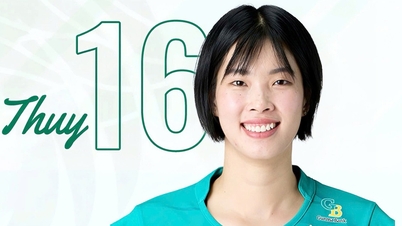

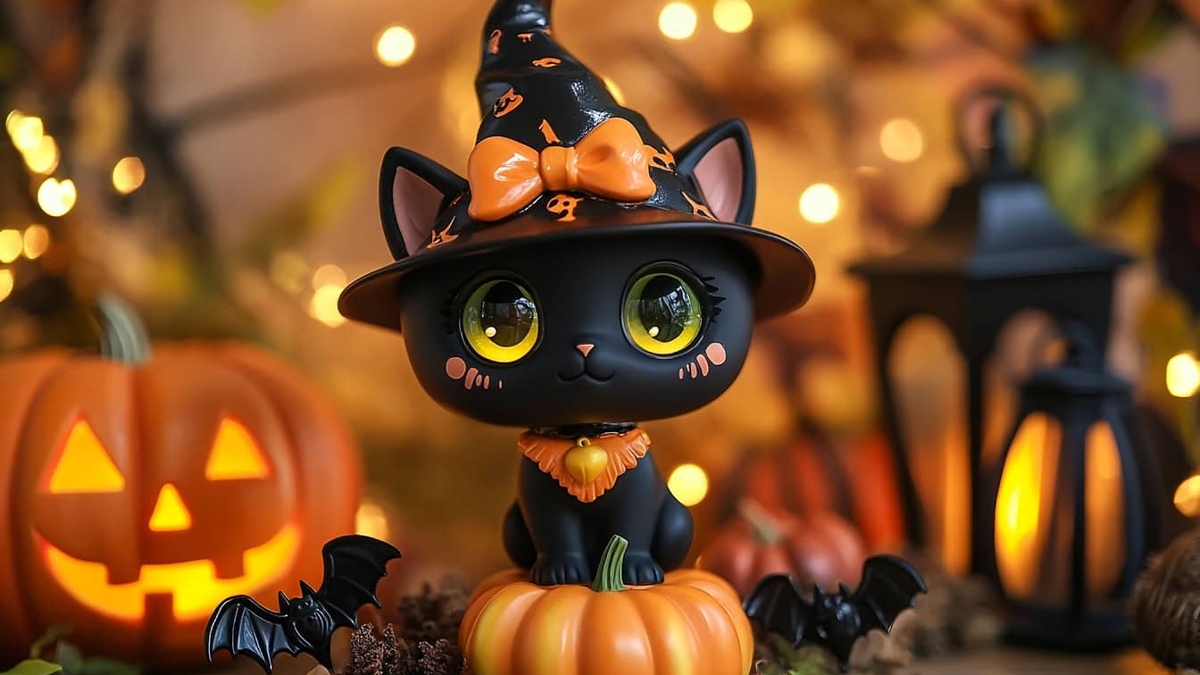







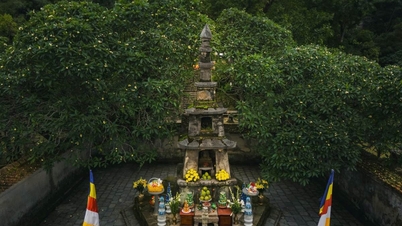

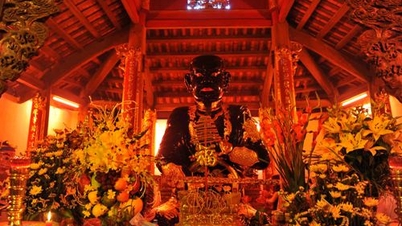


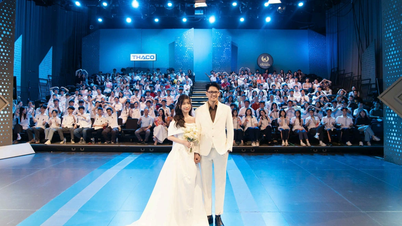

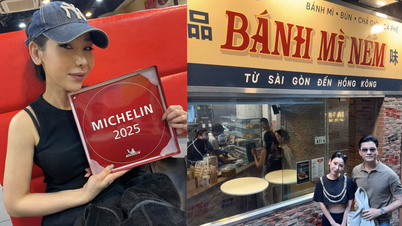
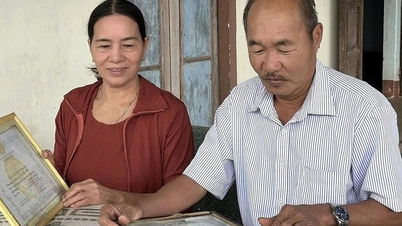
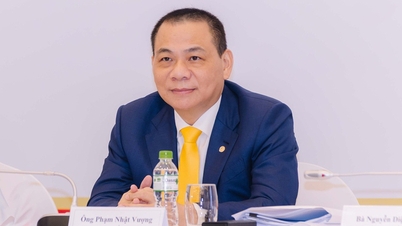


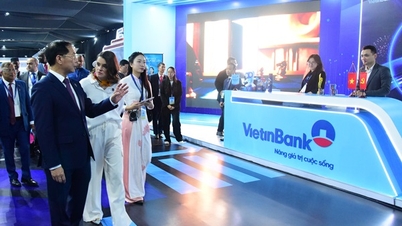

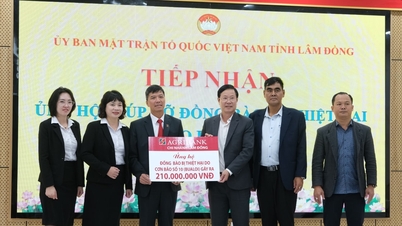











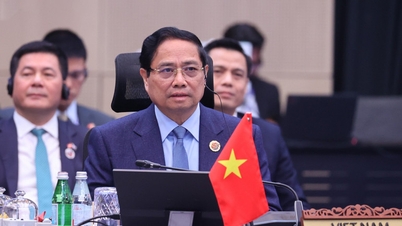

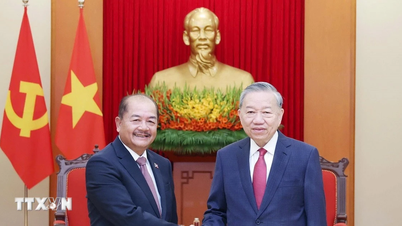
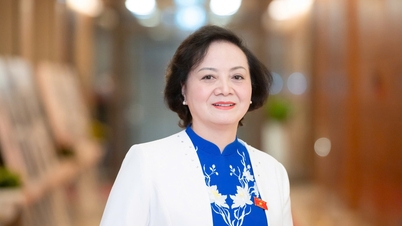


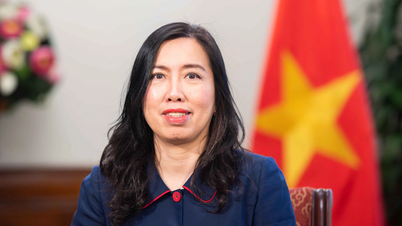

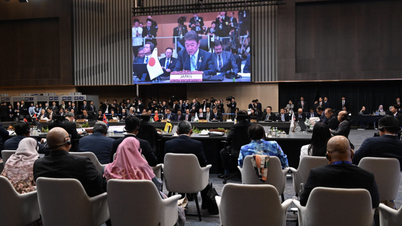



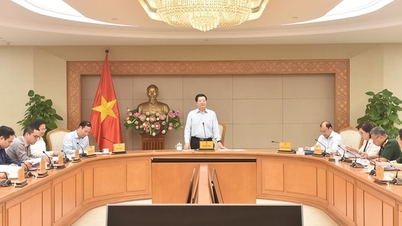

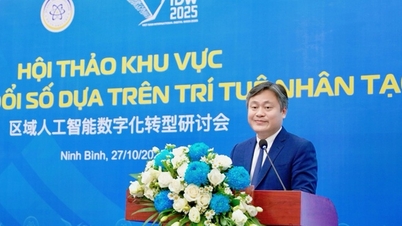

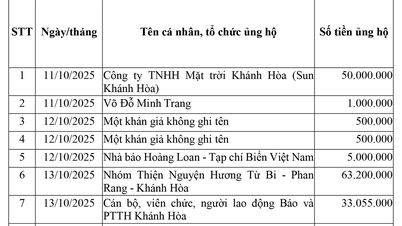







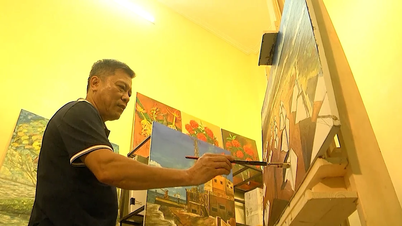











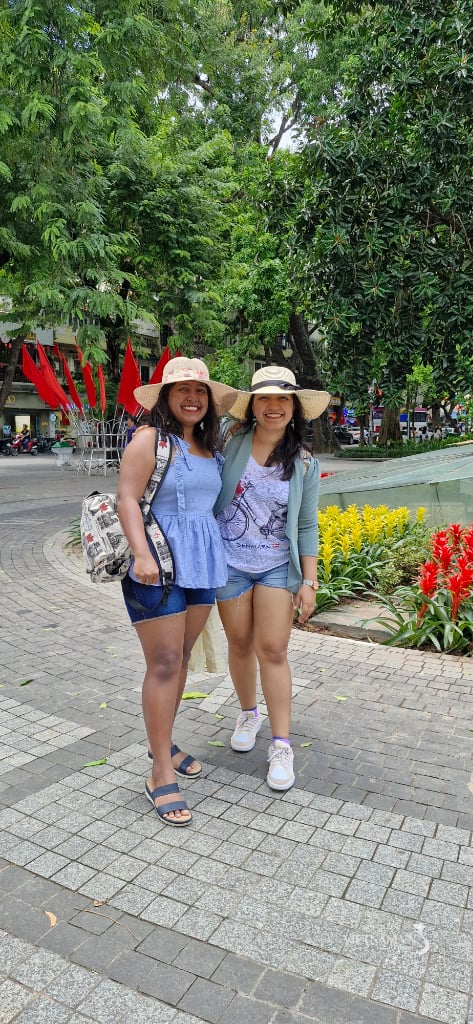

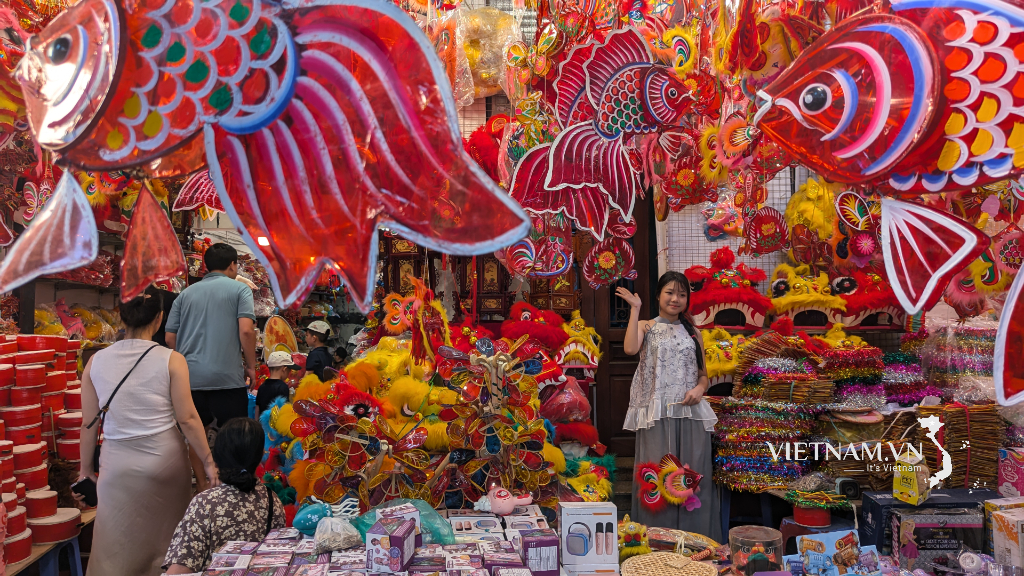
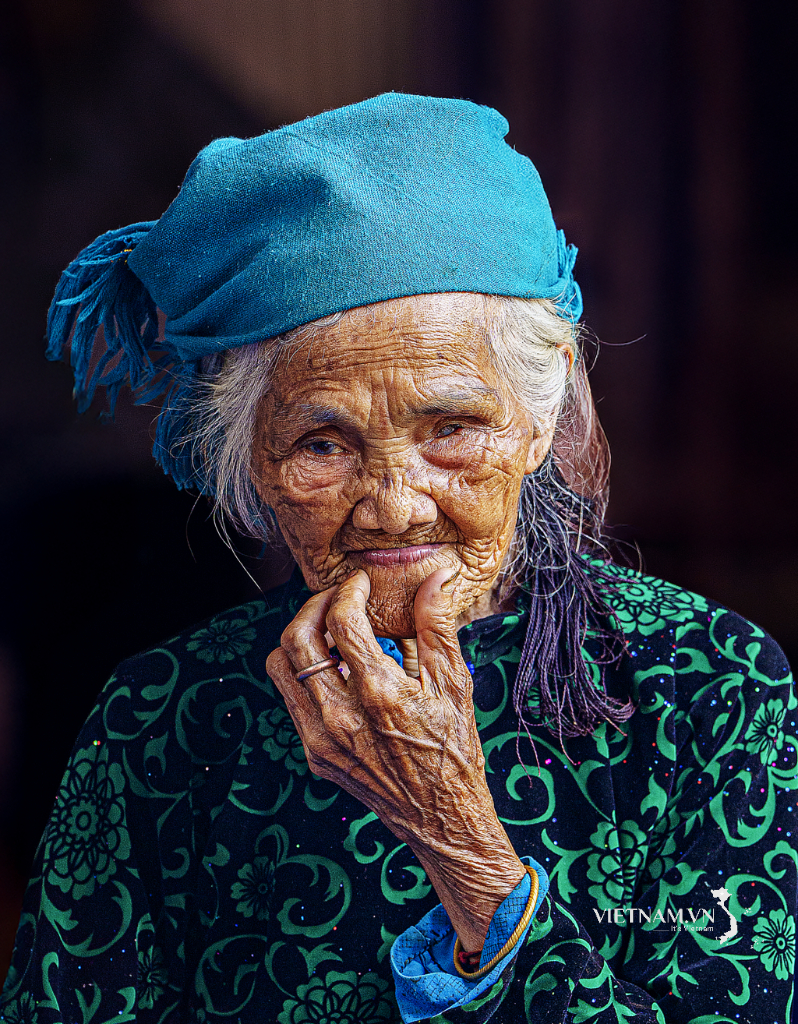
Comment (0)